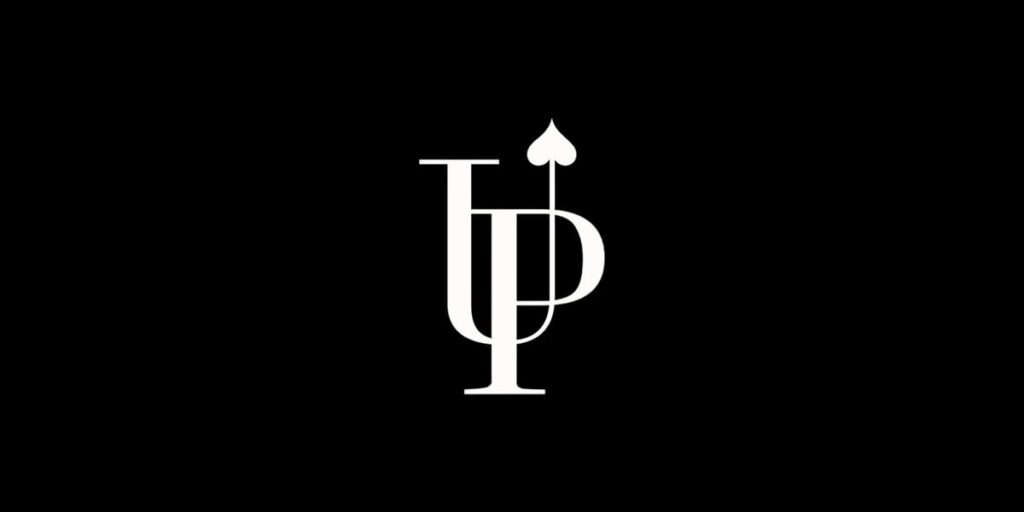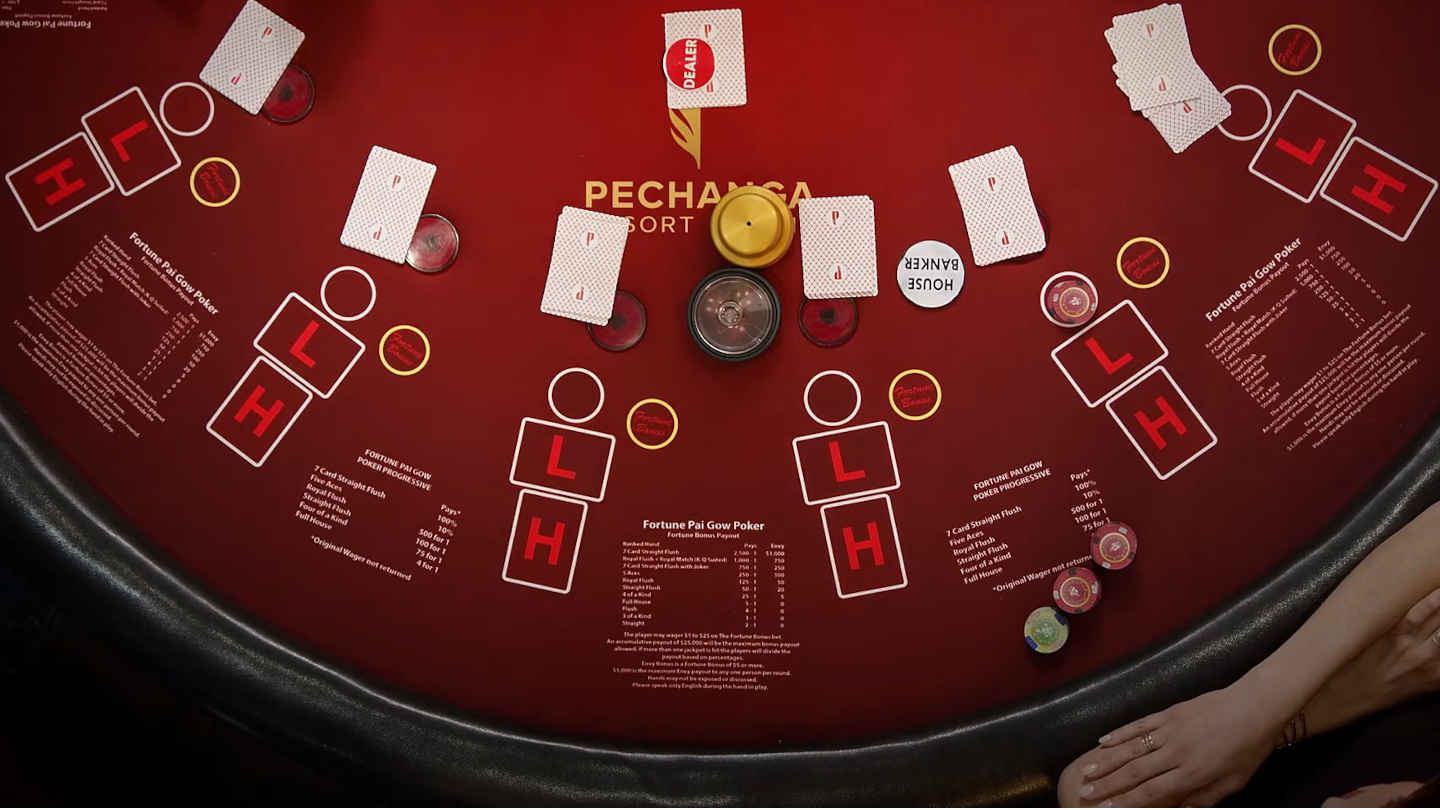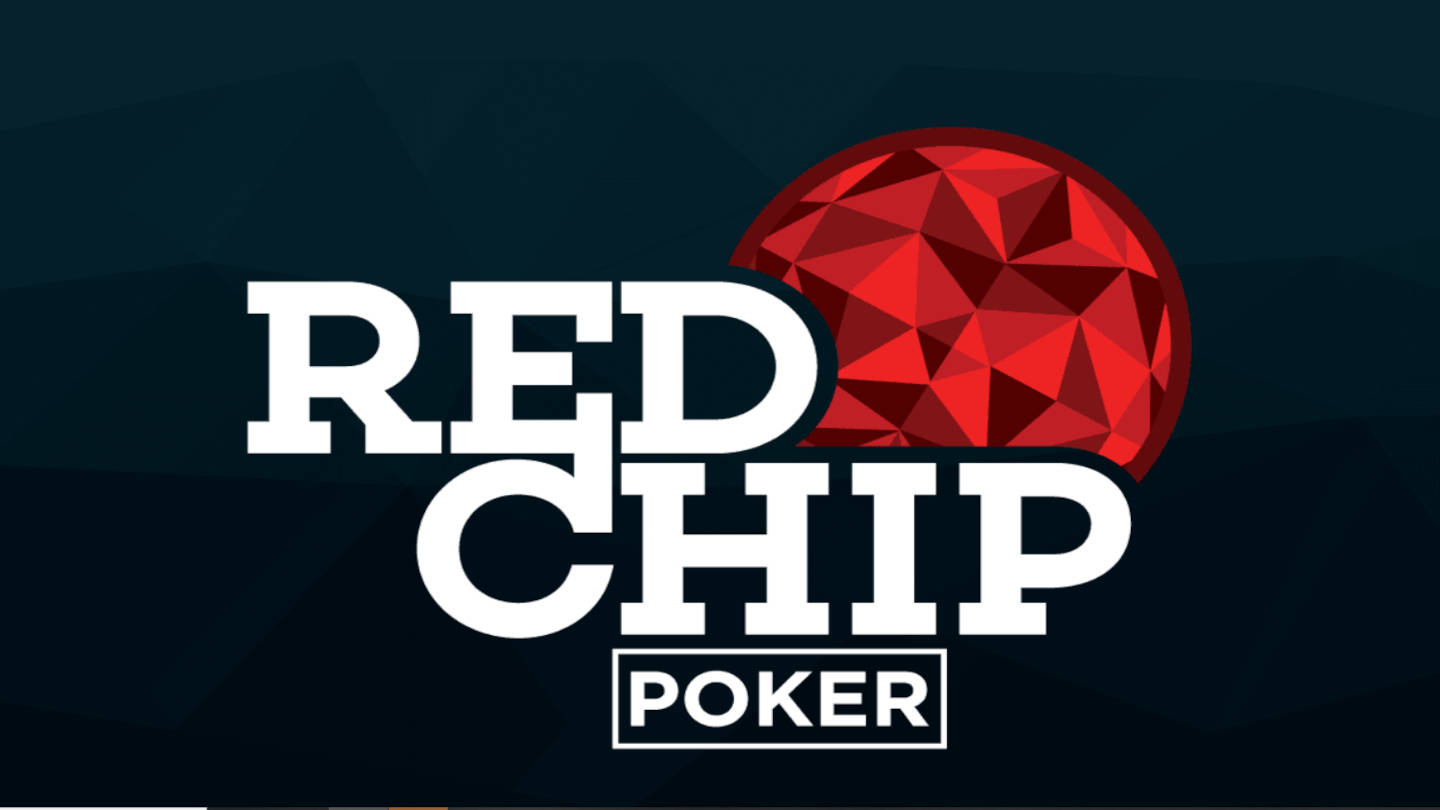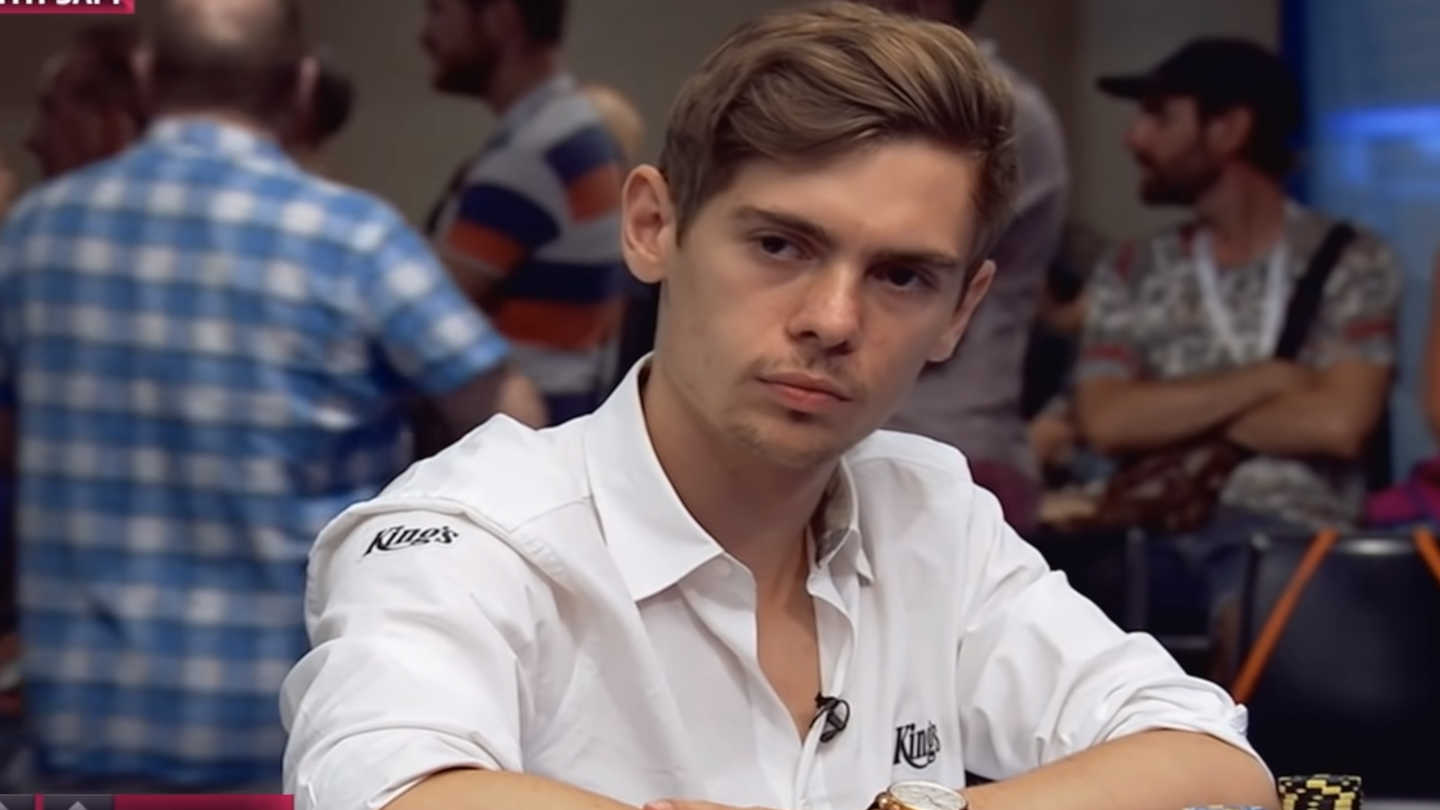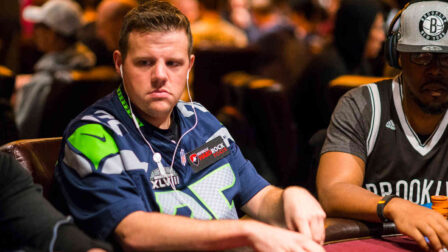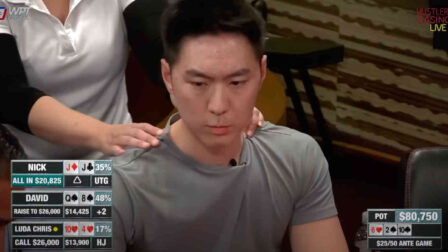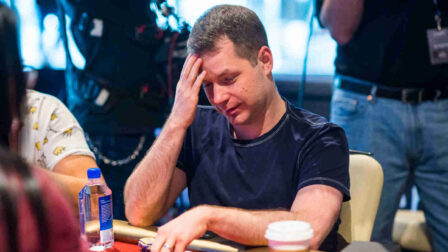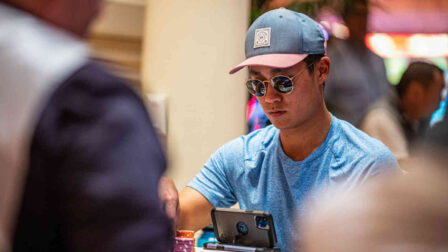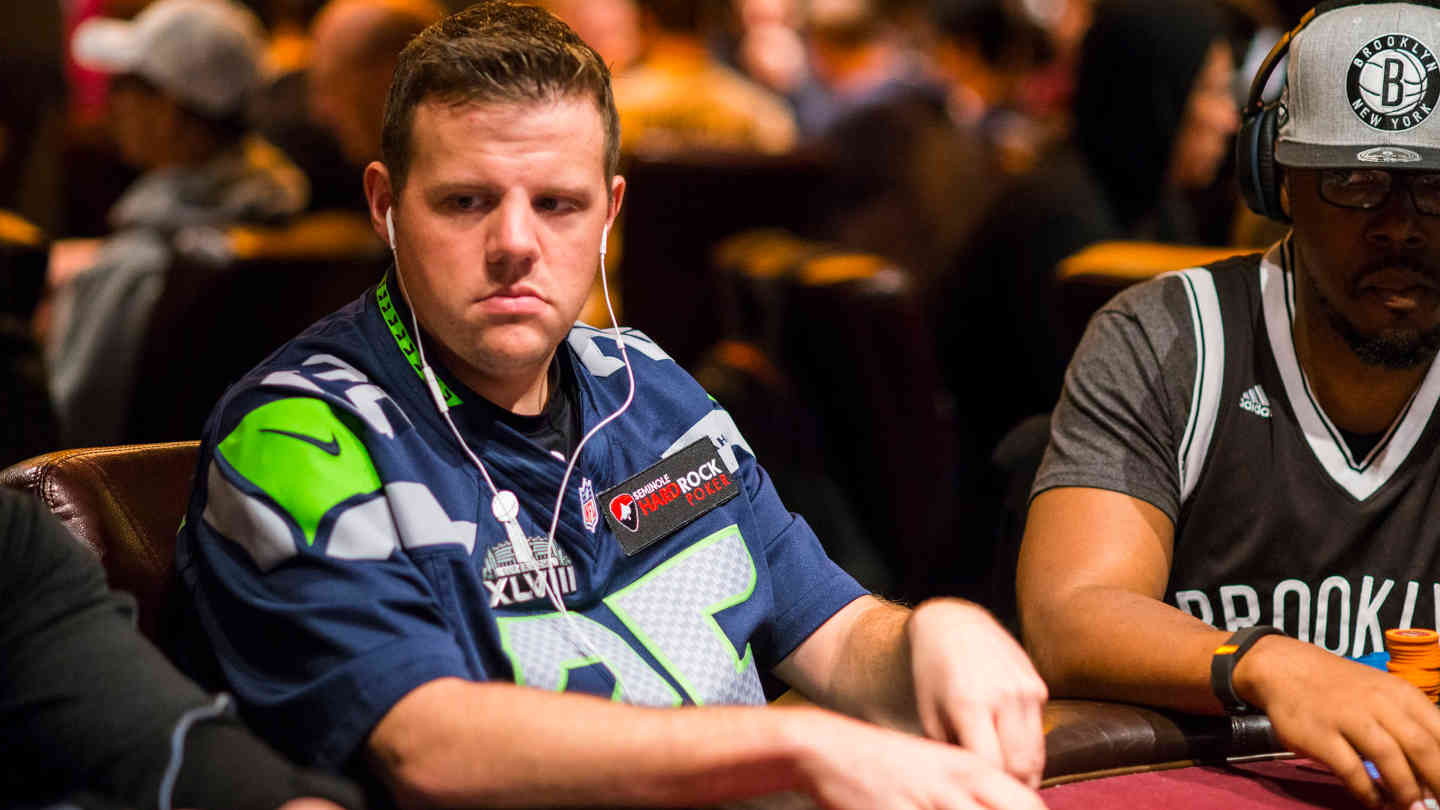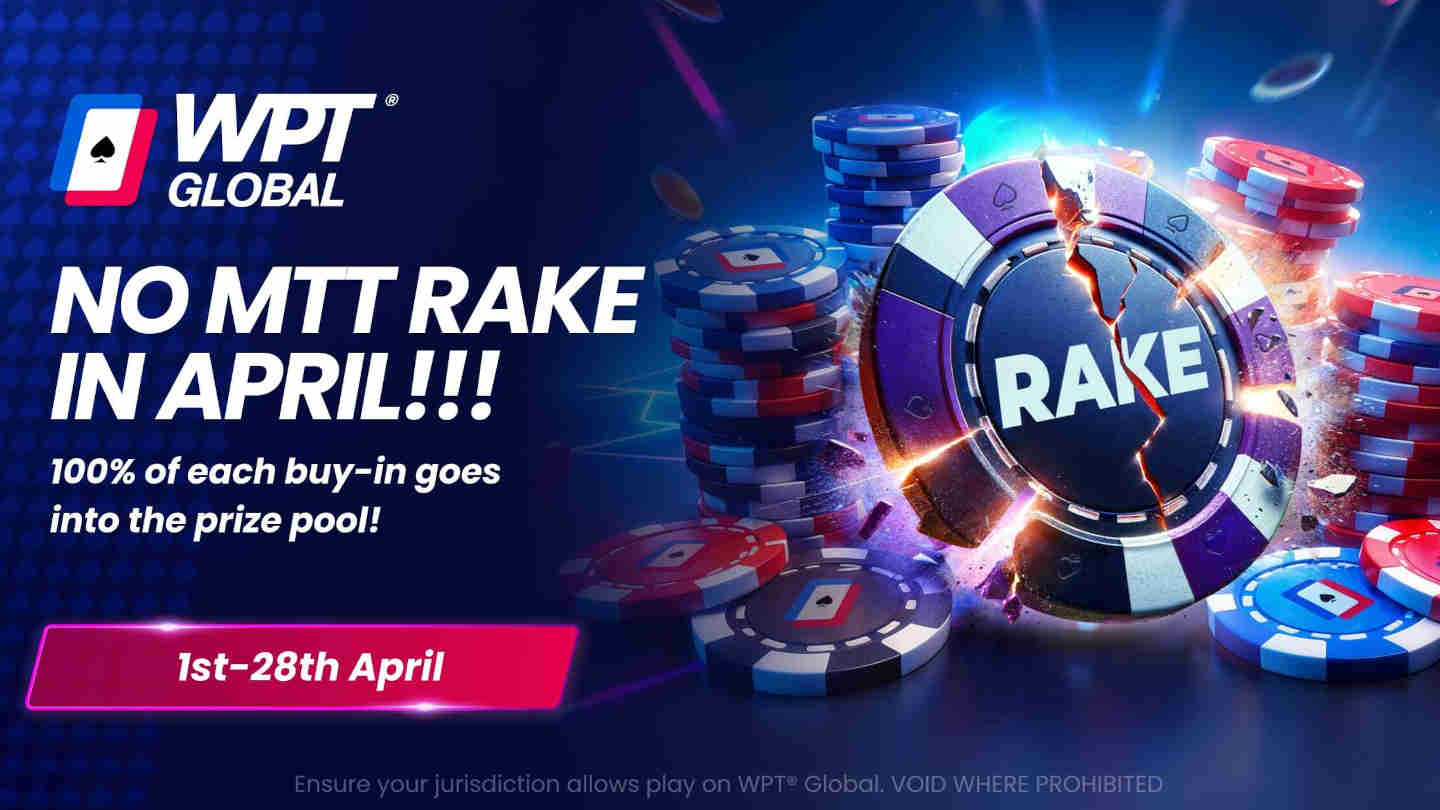Navigating Double Board Bomb Pots in PLO – Top Tips by Upswing Poker
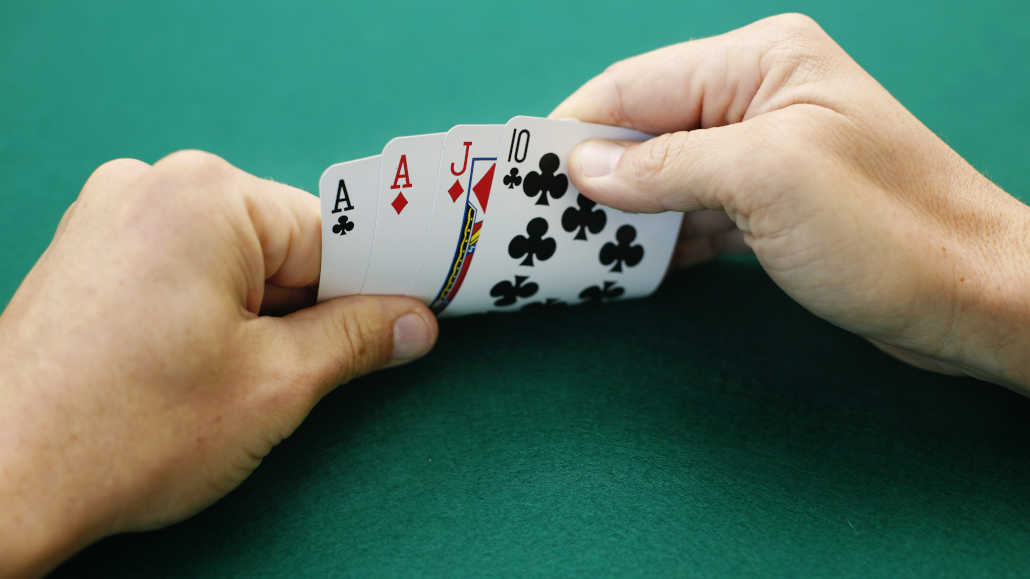
3 minutes
Last Updated: December 1, 2023
If you want to become the best poker player at the table, make sure to learn from the best and check upswingpoker.com
…
Pot Limit Omaha has been growing in popularity among live players, with poker rooms in Texas particularly keen on this action-packed poker variation.
But, for some players, there is no such thing as enough action, so they look to spice things up with bomb pots and even double board bomb pots.
The latter will be the focus of today’s article!
Like their less volatile cousins, double board bomb pots begin with all players putting a predetermined amount of money into the pot before the flop. Then everyone receives their four cards and proceeds to the flop.
The difference here is that, instead of one, the dealer will deal out two different flops, followed by two different turns and rivers.
All standard PLO rules apply, but you’re playing two hands simultaneously, with the winner of each board receiving half the pot. Of course, if you have the best hand on both boards, you win the entire pot, which is the ultimate goal.
You can also win by getting everyone else to fold, of course.
With these things in mind, here are a few simple tips to help you navigate double board PLO pots and increase your win rate in these spots.
Avoid Betting Out from an Early Position
In bomb pots, ranges will be competitive as everyone gets to see the flop, and there is no preflop action to help you figure out other players’ ranges.
Because of this, one great rule to follow is to always check if you’re in an early position, even if you have a great hand on one or both boards.
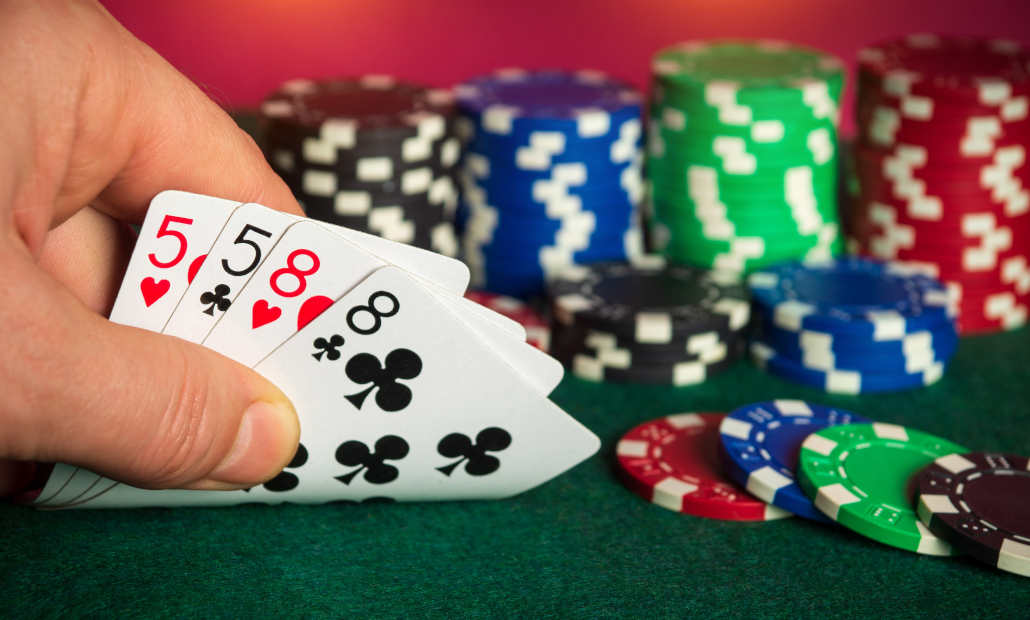
Your goal is to let someone else bet and then put in a check-raise. By doing this, you’ll keep your own range uncapped and avoid the inherent disadvantage of playing out of position. You’ll get to see what others want to do before the action gets back to you.
Steer Clear of Mediocre Hands
One of the biggest challenges you’ll face with double board PLO bomb pots is that you’ll often end up with a mediocre made hand on both boards. As a rule of thumb, you should approach these situations very cautiously and be inclined to fold if there is a lot of action.
It is much better to have the absolute nuts on just one board than somewhat strong hands on both.
If you don’t have at least one board locked up, you’ll often get scooped by a player (or two) holding the nuts on one board and a strong hand on the other, which is not the spot you want to be in.
Bet Big When Two Boards Are Disjointed
When two different boards come disjointed, i.e., when it’s unlikely for one player to hold the nuts (or close to it) on both, you should look to bet big and win the pot early on.
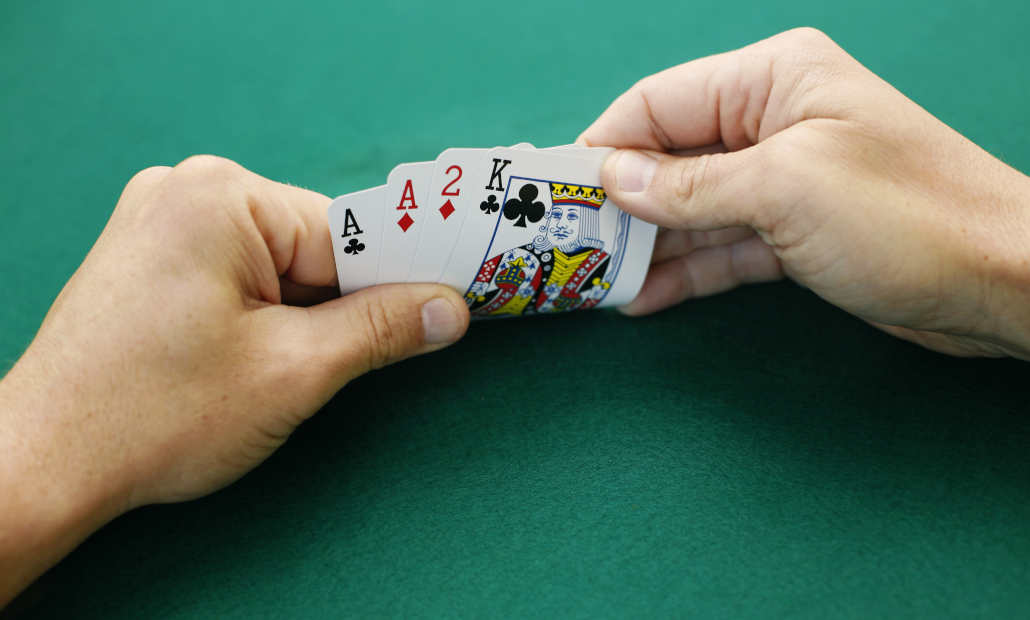
For example, if one board is K♥Q♠J♦ and the other is 7♠6♦5♥, betting big even with your bluffs makes sense, as there is no single combination of two cards that would make the nuts on both boards.
Double board PLO bomb pots are a relatively new phenomenon, but they’re becoming more and more popular in a live poker setting, so having a baseline strategy on how to approach them should help you navigate these tricky spots.
…
If you’d like to learn more about this topic and pick up some more useful tips for your games, definitely check out the Upswing Poker Lab.



